When you’re buying a car, there’s a lot to consider—comfort, features, styling, price—but nothing is more important than what sits under the hood: the engine. After all, it doesn’t matter how sleek the design is or how advanced the tech may be if the engine is unreliable.
An engine failure isn’t just an inconvenience; it’s often a wallet-draining disaster that can sideline a vehicle permanently. For buyers looking for peace of mind, knowing a car has a solid engine history, especially with few or no recalls, can offer long-term confidence.
The automotive industry is no stranger to recalls. Even the most reputable manufacturers occasionally discover a defect in their engines, whether it’s a flaw in the design, faulty components, or unexpected wear patterns. But while most recalls are addressed with minimal fuss, engine-related recalls are particularly concerning.
These aren’t just software glitches or minor inconveniences—they often involve catastrophic damage, fire hazards, or complete loss of power. And worse, some failures aren’t officially recalled at all, leaving owners to foot the bill for costly repairs.
On the brighter side, some vehicles go through their life cycles with little to no engine-related drama. These cars become trusted choices for families, commuters, and even enthusiasts who value durability and long-term reliability. Their engines are well-designed, thoroughly tested, and manufactured with tight tolerances.
The automakers behind these vehicles often have a track record of mechanical reliability, and it shows in the low number of serious complaints or recalls tied to the engine.
In this article, we break down five cars with some of the lowest engine recall rates, highlighting their solid design, excellent engineering, and long-term performance. These cars have proven over time that they’re built to last, and many are still running strong well past 200,000 miles.
Then, on the flip side, we dive into five cars that became notorious for massive engine failures—vehicles that seemed promising on paper but became nightmares in driveways and dealerships across the country.
Some of the vehicles on the “massive failures” list were even involved in class-action lawsuits due to the frequency and severity of their engine problems.
For some manufacturers, these engines became black marks on otherwise solid reputations. Others serve as cautionary tales about cost-cutting, rushed development, or design oversights that led to widespread customer frustration.
Whether you’re a potential buyer, a car enthusiast, or someone who’s just had one too many bad experiences under the hood, this list will help you understand which engines have stood the test of time—and which ones left drivers stranded.
ALSO READ: 5 Cars With Smart Engineering and 5 That Were Designed Poorly
5 Cars with the Least Engine Recalls
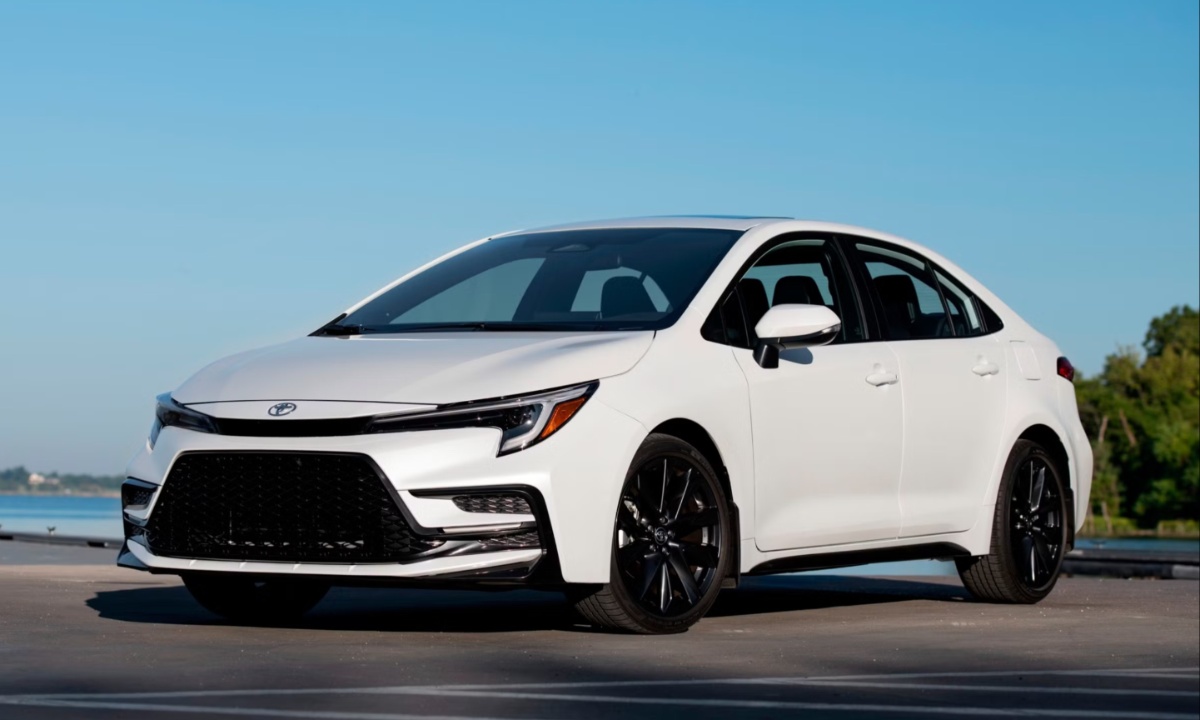
1. Toyota Corolla
The Toyota Corolla has long been hailed as a model of automotive reliability, and its engine design is a central reason for that reputation. From the early 2000s through to today, Toyota has implemented a philosophy of conservative, proven engineering in the Corolla’s powertrain lineup.
The 1.8L 1ZZ-FE and 2ZR-FE engines, among others, are known for their simple construction, resistance to thermal stress, and efficient performance without compromising longevity.
Unlike other manufacturers that push boundaries with high-strung turbos or performance gimmicks, Toyota chose to prioritize long-term reliability and durability in the Corolla’s engine bay.
This has translated into real-world dependability for drivers, particularly those using the vehicle for commuting, delivery, or fleet purposes, where uptime and low maintenance are critical.
One of the standout features of Corolla engines is their ability to withstand neglect better than most. While regular oil changes and maintenance are always recommended, Corolla engines often keep ticking even with less-than-perfect care—though Toyota does not endorse this.
Non-interference engine designs in earlier generations added a layer of mechanical insurance, meaning even in cases of timing belt failure (which is rare with chains now), catastrophic engine damage was unlikely.
The use of robust cast-iron blocks in earlier generations, followed by highly refined aluminum blocks with advanced coatings, shows Toyota’s evolution while retaining durability.
Additionally, the Corolla’s cooling and fuel systems are designed with redundancy and resilience, reducing the risk of overheating or detonation that can plague less reliable vehicles.
The result of all this engineering discipline is a car that consistently appears at the top of reliability rankings and has a near-zero engine recall rate. From a consumer standpoint, that translates into real-world value.
Corollas not only hold their resale value better than most vehicles in their class, but they also routinely surpass 250,000 to 300,000 miles with minimal mechanical issues. In terms of engine reliability, the Corolla is a gold standard in the compact segment and a benchmark for all others to follow.
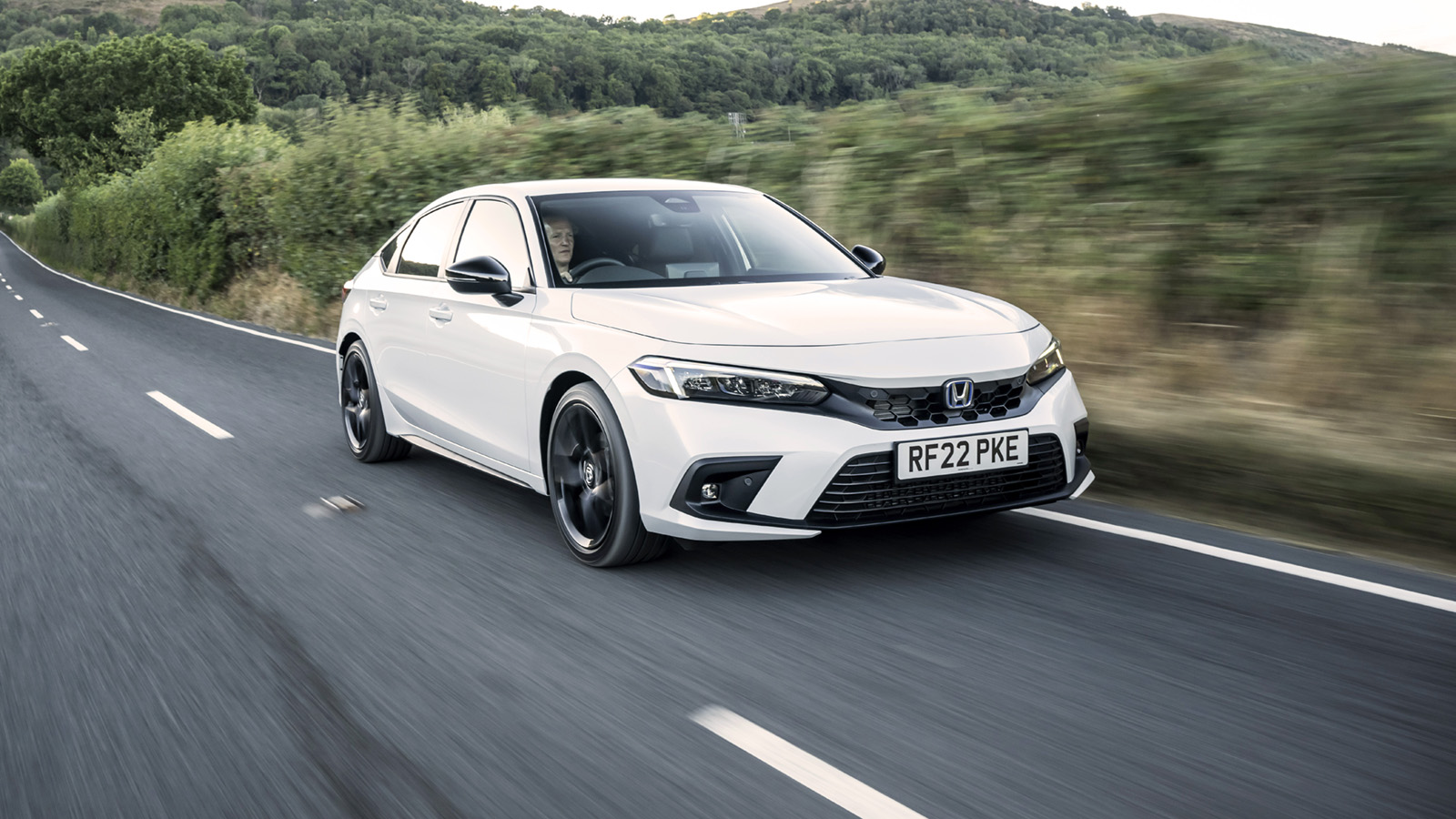
2. Honda Civic
The Honda Civic has undergone many changes over the decades, but the 10th and 11th generations—especially those equipped with the 2.0L K20C2 engine—stand out as some of the most reliable Civics ever produced.
While the earlier 1.8L R18 engine had its merits, the introduction of the K-series 2.0L powerplant in base Civic models marked a significant improvement in both performance and durability.
The engine features a dual overhead camshaft design, direct injection, and i-VTEC variable valve timing—all tuned not for high-revving race behavior but for smooth, controlled, and dependable power delivery.
The engine strikes a fine balance between efficiency and strength, providing solid acceleration while also being built to endure daily driving without breaking down.
Unlike the newer 1.5L turbocharged variants that faced oil dilution issues in cold climates, the 2.0L naturally aspirated engine remains refreshingly free of widespread problems or recalls.
This is due in part to its simpler layout, which lacks a turbocharger and the accompanying heat stress and complex plumbing. It also benefits from Honda’s high-quality machining and strict assembly tolerances.
The engine block and internals are engineered with endurance in mind, meaning it’s designed to thrive under high-mileage conditions without major wear.
With proper oil change intervals and basic maintenance, it’s not uncommon to see these Civics reaching the 200,000–300,000 mile mark without needing internal engine work—a rare feat in the compact car world.
Another advantage of this engine is its serviceability and parts availability. Thanks to Honda’s reputation and long-term support, parts are both widely available and affordable, making any rare issues easy to address.
Furthermore, real-world data and user experiences on forums, in repair shops, and in fleet operations show that the Civic’s 2.0L engine continues to outperform most of its competitors, not just in efficiency, but in mechanical reliability.
In a market full of over-complicated engines prone to premature failure, the Civic’s engine is a reminder that thoughtful, balanced design still matters.
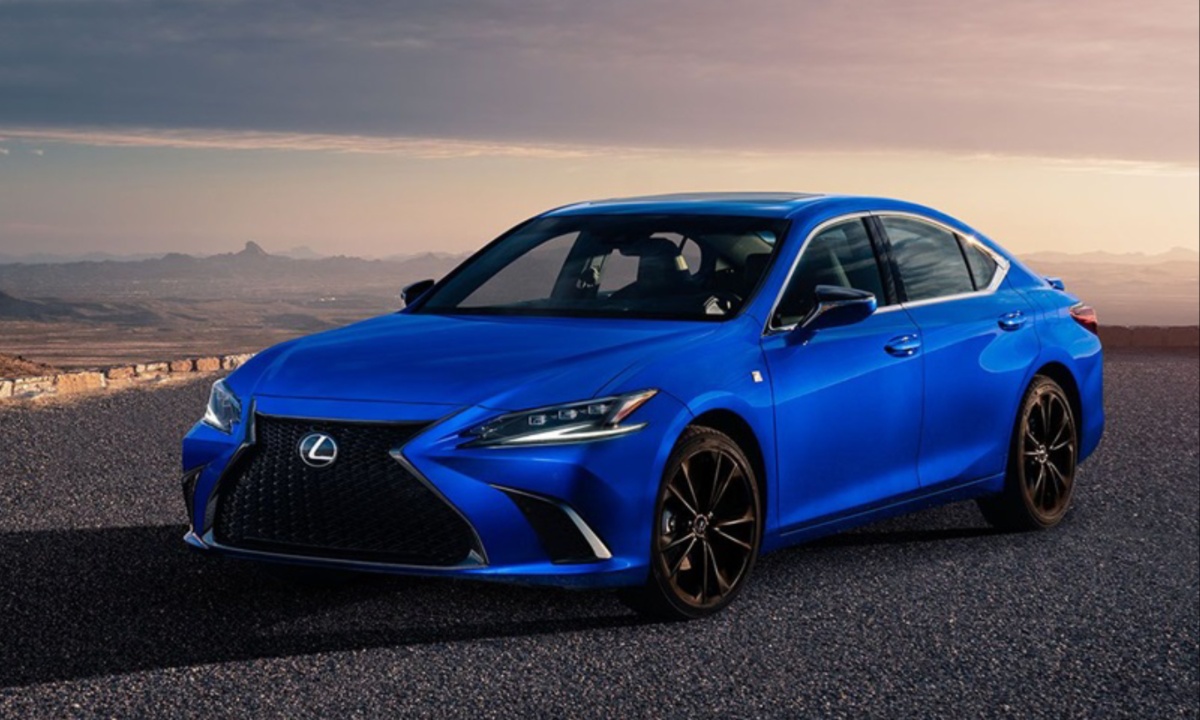
3. Lexus ES 350
When it comes to premium sedans with long-term reliability, few vehicles can compete with the Lexus ES 350, especially in terms of its engine durability. Under the hood lies the venerable 3.5L V6 engine, specifically the 2GR-FE and its various improved iterations.
This engine has become a pillar of Toyota and Lexus engineering, serving everything from sports sedans to luxury SUVs. Its design is rooted in balance: six cylinders arranged in a V configuration, dual overhead cams, variable valve timing on both intake and exhaust, and a timing chain that rarely needs replacement.
It’s a refined powerplant that delivers smooth, consistent power while being one of the most mechanically sound V6 engines in the industry.
A key part of the ES 350’s engine reliability comes from its production process. Lexus engines are subject to stricter quality control standards than many mainstream models, with each component undergoing multiple layers of inspection and testing.
The 2GR series has very few known weaknesses, and when maintained with regular oil changes and coolant flushes, it can easily surpass 250,000 miles without internal engine failure.
There are also virtually no major recalls tied directly to the 2GR-FE engine, which is remarkable given how widely it is used across Toyota and Lexus products. What small service bulletins have been issued typically concern external sensors or control modules, not the engine’s structural integrity.
The ES 350’s combination of luxury comfort and bulletproof reliability makes it a favorite among long-distance commuters, executives, and even rideshare drivers. It’s not unusual to find one with over 300,000 miles still running like new.
In the world of luxury sedans, where turbochargers, performance tuning, and complex emissions equipment often introduce maintenance headaches, the Lexus ES 350’s engine is a refreshing return to solid, reliable fundamentals that simply work.
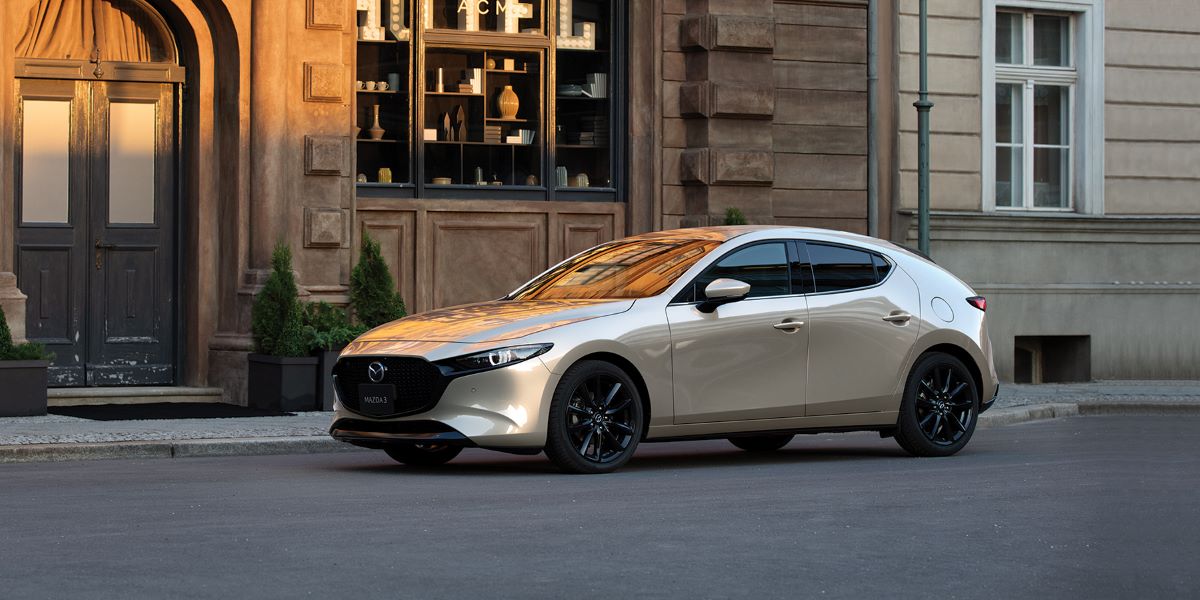
4. Mazda3
Mazda made a bold move when it introduced its Skyactiv engine lineup in the early 2010s. In an era when most manufacturers were chasing turbocharged downsizing, Mazda took a different approach by maximizing internal combustion efficiency through high-compression, naturally aspirated engines.
The Mazda3, equipped with either the 2.0L or 2.5L Skyactiv-G engines, stands out as one of the most reliable compact cars on the market today.
These engines not only offer great fuel economy and responsive performance, but they also come with an extremely low rate of mechanical issues and, more importantly, a near-zero record of serious engine recalls.
What makes the Skyactiv engine family particularly reliable is Mazda’s conservative approach to innovation. While high-compression engines are technically demanding, Mazda spent years perfecting the design and ensuring long-term durability.
Every component—from piston shape to intake timing to fuel injectors—was engineered for thermal efficiency, but also for robustness.
The engines are built using lightweight but strong aluminum alloy blocks and are paired with advanced cooling and lubrication systems. As a result, they experience less wear under stress and are less prone to overheating or internal component failure, which are common causes of engine recalls in other brands.
In real-world use, the Skyactiv engines have demonstrated exceptional durability. Reports of premature failure are exceedingly rare, and most owners find that regular oil changes and basic maintenance are all that’s needed to keep the engine running strong.
The powertrain responds well to extended mileage and tends to age gracefully—no rough idle, no oil burning, no noisy valve trains. For drivers looking for a sporty yet dependable ride with long-term peace of mind, the Mazda3 with Skyactiv engines remains an exceptional choice.

5. Subaru Outback
Subaru has worked hard to overcome its past engine issues, and the introduction of the FB25 engine marked a turning point. Featured in the 2015–present Subaru Outback, this 2.5L flat-four (boxer-style) engine is a complete redesign from the old EJ-series engines that were notorious for head gasket failures.
The FB25 incorporates modern improvements such as a timing chain (instead of a belt), revised cylinder head architecture, improved head gasket material, and a more efficient cooling system.
These updates have made the engine far more durable, and importantly, they have drastically reduced the rate of engine recalls and warranty claims.
The unique horizontally opposed layout of Subaru engines allows for a low center of gravity and better weight distribution, which is great for handling, but more importantly for engine reliability, it reduces vibration and stress on components over time.
Subaru also worked to solve oil consumption problems that plagued earlier versions of the FB engine, and by 2015, those issues were largely resolved.
Owners now report far fewer incidents of unexpected oil loss, and service bulletins have become increasingly rare. The FB25 also performs well in cold climates, an essential factor for Subaru’s core customer base in mountainous or snow-prone areas.
With regular maintenance, the FB25 engine in the Outback is known to exceed 200,000 miles without major repair. It’s a durable and well-tested design, and most importantly, it no longer suffers from the chronic issues that once tarnished Subaru’s engine reputation.
For families, outdoor adventurers, and anyone who needs a capable and dependable AWD vehicle, the Subaru Outback with the FB25 engine represents one of the most reliable platforms in its segment today.
5 Cars That Had Massive Engine Failures
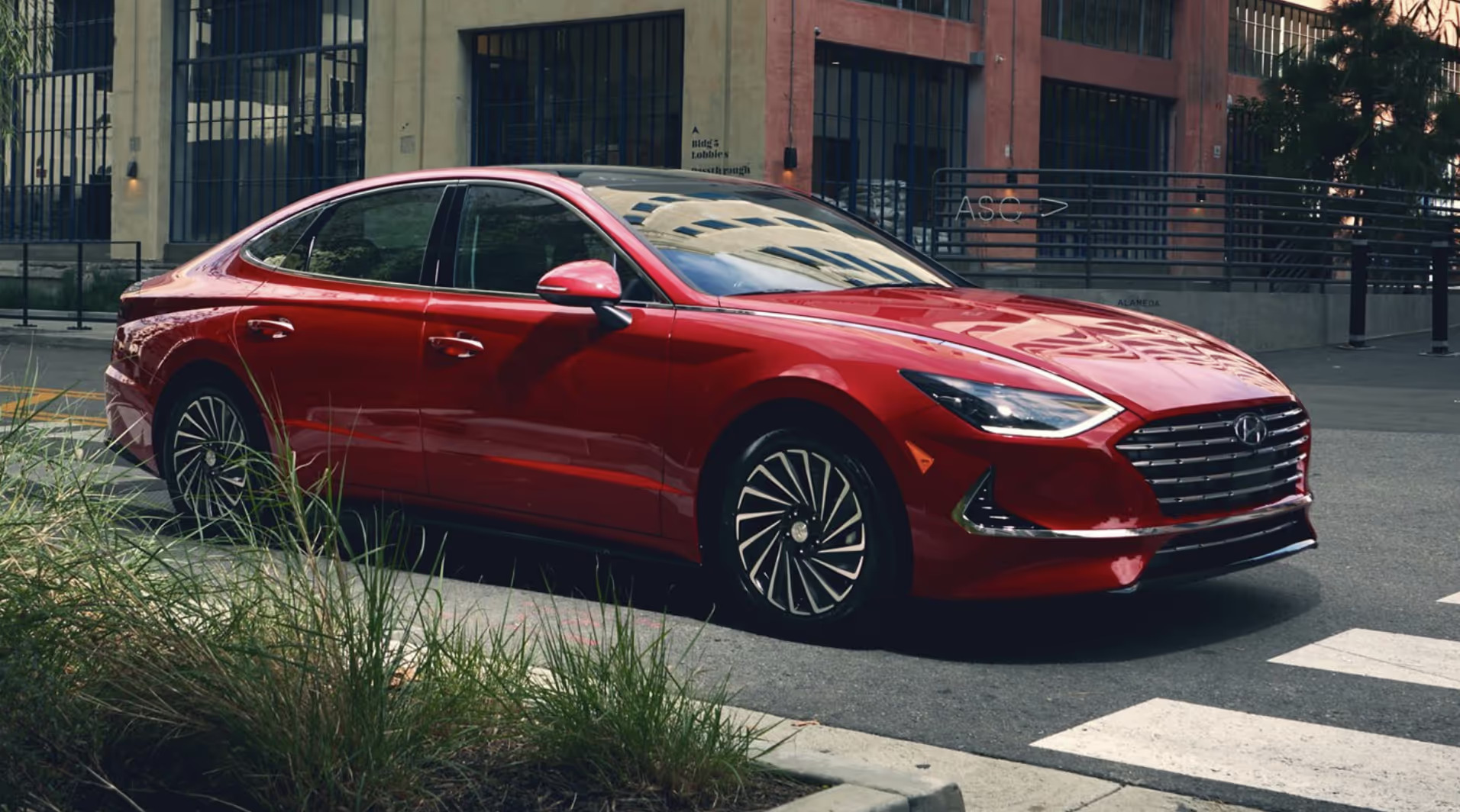
1. Hyundai Sonata
The Hyundai Sonata from 2011 to 2014, equipped with the 2.4L “Theta II” GDI engine, is one of the most well-known cases of mass engine failure in modern automotive history. The problems stemmed from a manufacturing defect where metal debris was left inside the engine block during the machining process.
This debris often found its way into vital oil passages, where it would obstruct the flow of oil to critical engine components like the bearings and crankshaft.
Without sufficient lubrication, these parts would rapidly wear out, causing loud knocking sounds, engine seizure, or complete failure with little to no warning. In many cases, these catastrophic failures occurred well before 100,000 miles, far short of what most owners expected from a relatively new vehicle.
Initially, Hyundai was slow to acknowledge the extent of the issue, but after growing pressure from the National Highway Traffic Safety Administration (NHTSA), the company eventually recalled over a million vehicles and extended powertrain warranties to affected owners.
The damage, however, was already done. Many owners found themselves stranded on highways or saddled with the cost of engine replacements before Hyundai issued the recall.
The problem was so widespread that it led to class-action lawsuits and a permanent black eye on the brand’s reputation, especially in the United States, where reliability is a top selling point for midsize sedans.
Even worse, the issue wasn’t isolated to just the Sonata—the same engine was used in other models like the Kia Optima and Hyundai Santa Fe, spreading the damage across multiple platforms.
While Hyundai has made significant improvements in quality control and engine design since this debacle, the 2011–2014 Sonata remains a cautionary tale about the risks of cost-cutting in engine manufacturing.
It serves as a textbook example of how one flaw in the production line, especially one affecting oil distribution, can destroy an otherwise promising vehicle. For those who bought these cars with high hopes of long-term use, many were left with regret, towing bills, and engine replacements that often exceeded the value of the car itself.

2. Mini Cooper S
The 2007–2011 Mini Cooper S, powered by the turbocharged 1.6L N14 engine, promised peppy performance and sporty charm, but behind the wheel was an engine riddled with serious and expensive flaws. Developed jointly by BMW and Peugeot, the N14 engine was intended to be a small but powerful powerplant.
However, its overly complex design and poor reliability quickly turned it into a mechanical nightmare for thousands of owners. One of the most infamous issues was with the timing chain system.
A flawed tensioner design caused premature wear, leading to a phenomenon known as the “death rattle”—a loud metallic knocking sound that signaled the chain was about to fail. In many cases, if left unaddressed, the chain would snap and destroy the engine, leaving the car completely inoperable.
Compounding the problem was excessive carbon buildup on the intake valves due to the engine’s direct injection system, which lacked a secondary cleaning method. Over time, this buildup choked airflow, reduced performance, increased fuel consumption, and caused rough idling and misfires.
To fix this, many owners had to resort to costly walnut blasting procedures or engine rebuilds far earlier than expected. Oil leaks were also common, particularly from the valve cover gasket and turbo oil lines, leading to further maintenance headaches.
Some drivers also reported premature turbo failure and issues with high-pressure fuel pumps, all contributing to a steep cost of ownership. The result was widespread dissatisfaction, legal action, and a surge in reputation damage for Mini.
Despite the brand’s marketing focus on fun and style, the ownership experience for many N14-equipped vehicles was defined more by frustration and breakdowns than by joyrides.
While later engines like the N18 improved upon many of these issues, the N14 remains one of the most problematic small turbo engines ever released.
It’s a stark reminder that high-performance engineering, when poorly executed, can lead to serious reliability issues, especially in cars intended to appeal to urban buyers looking for practical daily transportation.
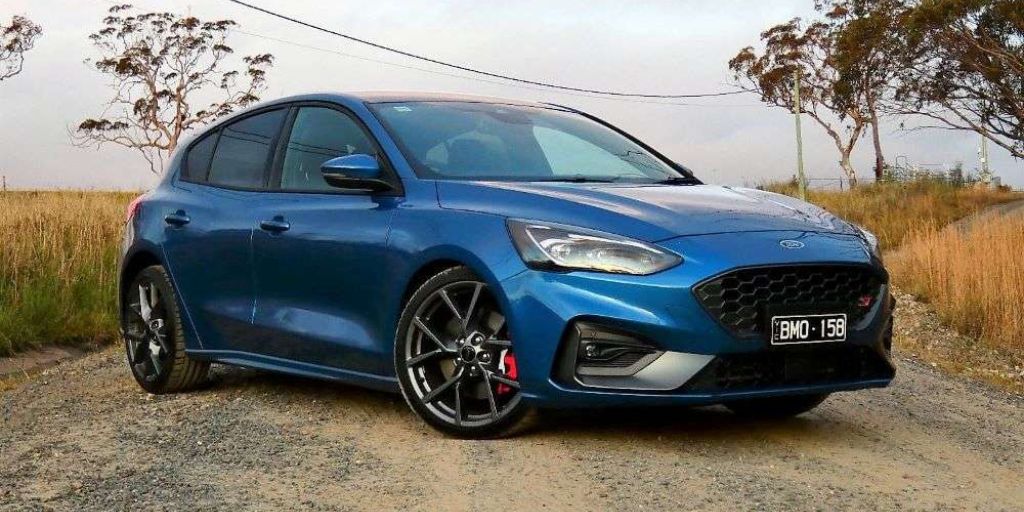
3. Ford Focus
The Ford Focus from 2012 to 2018 is widely remembered for its troubled PowerShift dual-clutch transmission, but the 2.0L direct-injection (GDI) engine fitted to these models also experienced serious and pervasive issues that significantly damaged the car’s reputation.
Though not as explosively catastrophic as some other engines on this list, the Focus’s engine problems were persistent, widespread, and often expensive to repair.
Many owners experienced rough idling, frequent stalling, hesitation during acceleration, and eventual check engine light warnings due to engine misfires and fuel delivery issues. The root causes varied, but much of it stemmed from poorly implemented direct injection technology and flawed calibration of the electronic control systems.
Further compounding these issues were reported coolant leaks into the engine block, especially in the later years. Coolant entering the combustion chamber caused white smoke, misfires, and in severe cases, hydro-locking of the engine, rendering it completely useless without a rebuild or replacement.
There were also problems with carbon deposits, oil leaks, and defective fuel system components. While Ford did issue some technical service bulletins and recalls to address certain aspects, the broader problems remained unresolved for many owners who ended up footing the repair bills themselves.
Combined with the disastrous transmission woes, the Focus became known as a lemon in the compact car segment, despite initially strong sales.
For a vehicle meant to compete with long-standing reliability champions like the Honda Civic and Toyota Corolla, the Focus fell woefully short. Its combination of engine and transmission issues pushed many owners to avoid the brand entirely in future purchases.
Ford eventually phased out the Focus in North America altogether, partly due to the long-term backlash caused by this problematic generation. It’s a clear case where poor execution of advanced technology, like direct injection and dual-clutch systems, backfired dramatically, turning a once-promising vehicle into a symbol of customer dissatisfaction.
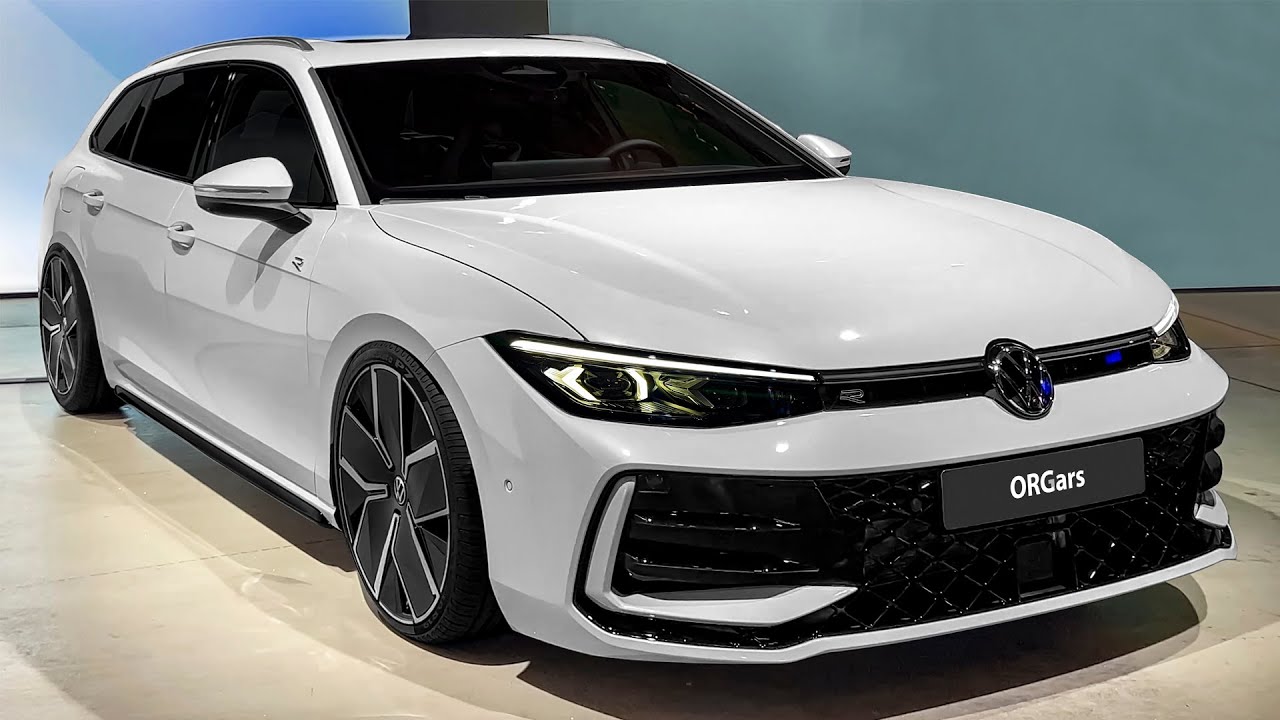
4. Volkswagen Passat
Volkswagen’s 2.0T FSI engine, used in several models including the Passat from 2006 to 2010, was initially lauded for its punchy performance and fuel efficiency. But behind that strong first impression was a poorly aging engine with multiple design flaws that led to widespread failures and owner frustration.
One of the most common issues was related to the cam follower and high-pressure fuel pump system. The cam follower, a small but critical part, would wear out prematurely, allowing metal-to-metal contact that damaged the camshaft and fuel pump, often leading to sudden engine power loss or stalling. When the camshaft itself was damaged, the repair bill soared into the thousands.
Another major flaw was the direct injection system’s lack of secondary fuel delivery. Without a port injection system to help clean the intake valves, carbon buildup became a chronic problem. Drivers often experienced reduced performance, misfiring, and rough idling within as little as 50,000 miles.
Like the Mini Cooper’s N14 engine, fixing this required frequent and expensive maintenance procedures. To make matters worse, the timing chain tensioner in these engines was also prone to failure, which in some cases led to catastrophic engine damage if the chain jumped timing or snapped entirely.
Oil consumption was another red flag, with some engines burning through quarts between oil changes due to poorly seated piston rings or valve stem seals.
Despite being a strong performer when new, the 2.0T FSI engine’s long-term reliability was extremely disappointing.
Owners who expected German engineering to mean longevity and precision were often left with costly repairs, constant check engine lights, and a long list of service bulletins that only partially addressed the underlying problems.
VW later refined the design with the 2.0T TSI engine, which resolved many of these issues, but the damage to owner trust was already done. The Passat of this era serves as a warning that performance without reliability is a short-lived victory in the real world.
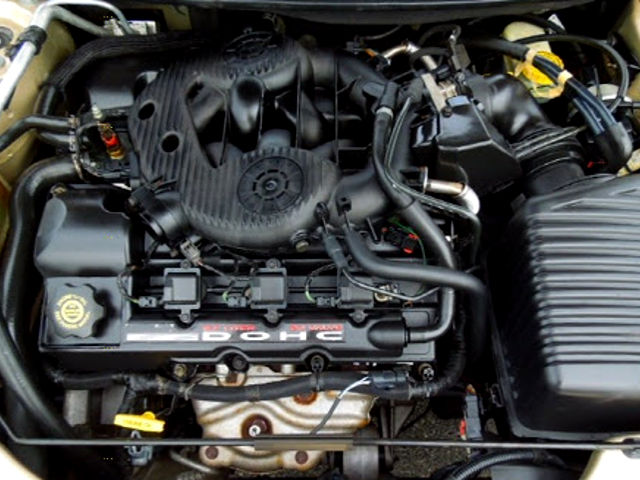
5. Chrysler 2.7L V6 Engine
Chrysler’s response to the mounting issues with the 2.7L V6 engine was slow and largely inadequate. Initially, many of the affected vehicles were out of warranty by the time the symptoms became severe enough to prompt major repairs.
In some cases, the cost to replace the engine exceeded the actual value of the vehicle, leaving owners in an impossible situation. Even more frustrating was that many of these cars were marketed as affordable, long-lasting family sedans, and were often purchased by individuals or families who couldn’t afford to replace an engine every 70,000 miles.
What should have been a practical and reliable choice became an unending financial drain, all because of a fatally flawed engine design. The issue extended far beyond individual owners. Used car dealers began refusing to accept trade-ins equipped with the 2.7L engine, and mechanics often warned prospective buyers away from anything powered by it.
Despite numerous technical service bulletins and attempts at improvement, the stigma around this engine only grew stronger as more and more vehicles suffered the same fate.
The negative publicity surrounding the 2.7L V6 not only hurt sales of the vehicles it powered but also contributed to the erosion of consumer trust in the Chrysler brand as a whole—trust that took years to rebuild, and arguably never fully recovered in the pre-Fiat era.
The Chrysler 2.7L V6 stands as one of the clearest examples in automotive history of how poor engineering and denial of responsibility can lead to widespread consumer outrage.
In a segment where reliability is key, this engine failed catastrophically—both mechanically and reputationally. It remains a textbook case of how not to design or manage an engine program and serves as a lasting reminder for automakers that a vehicle is only as good as the engine that drives it.
ALSO READ: 5 Cars That Offer More Than They Cost and 5 That Are Overpriced
In the high-stakes world of automotive engineering, the engine is more than just a collection of moving parts—it’s the heart of the machine. The difference between a car that lasts a decade and one that dies before its time often comes down to the reliability of that engine.
Vehicles like the Toyota Corolla, Honda Civic, Lexus ES 350, Mazda3, and Subaru Outback have stood the test of time for good reason. Their engines reflect years of careful refinement, intelligent engineering, and an unwavering commitment to quality control.
These cars don’t just avoid recalls—they offer owners peace of mind, decade after decade, with minimal mechanical issues and consistently strong resale values.
They are trusted daily drivers, road trip companions, and workhorses that rarely leave their owners stranded. For anyone prioritizing long-term value and minimal repair bills, these engines are shining examples of what dependable design truly looks like.
On the other end of the spectrum, we see what happens when that same care and diligence is absent. The Hyundai Sonata’s Theta II engine, the Mini Cooper’s N14, Ford’s 2.0L GDI in the Focus, Volkswagen’s 2.0T FSI, and Chrysler’s notorious 2.7L V6 all serve as cautionary tales.
These engines, while sometimes innovative or performance-driven in theory, were riddled with design flaws, quality control lapses, or simply poor execution. In some cases, automakers were slow to take responsibility, leading to lawsuits, recalls, and waves of negative press.
Most importantly, they left owners with broken-down vehicles, enormous repair costs, and a bitter taste that lingered long after the keys were turned in.
As technology evolves, the importance of mechanical integrity has not diminished—it has simply shifted. Today’s engines are more complex than ever, with turbochargers, hybrid systems, and computer-controlled everything.
Yet the principles remain the same: engines need oil flow, cooling, structural soundness, and clean combustion. When any of those pillars fail, so does the engine—and often, the trust between a carmaker and its customers.
For buyers, especially those purchasing used vehicles, doing research is more important than ever. A flashy commercial or slick design means nothing if the engine has a history of grenading at 80,000 miles.
Look beyond the brochure—into forums, recall databases, and ownership histories. As this list shows, a well-designed engine can make all the difference between a reliable ride and a financial disaster.

